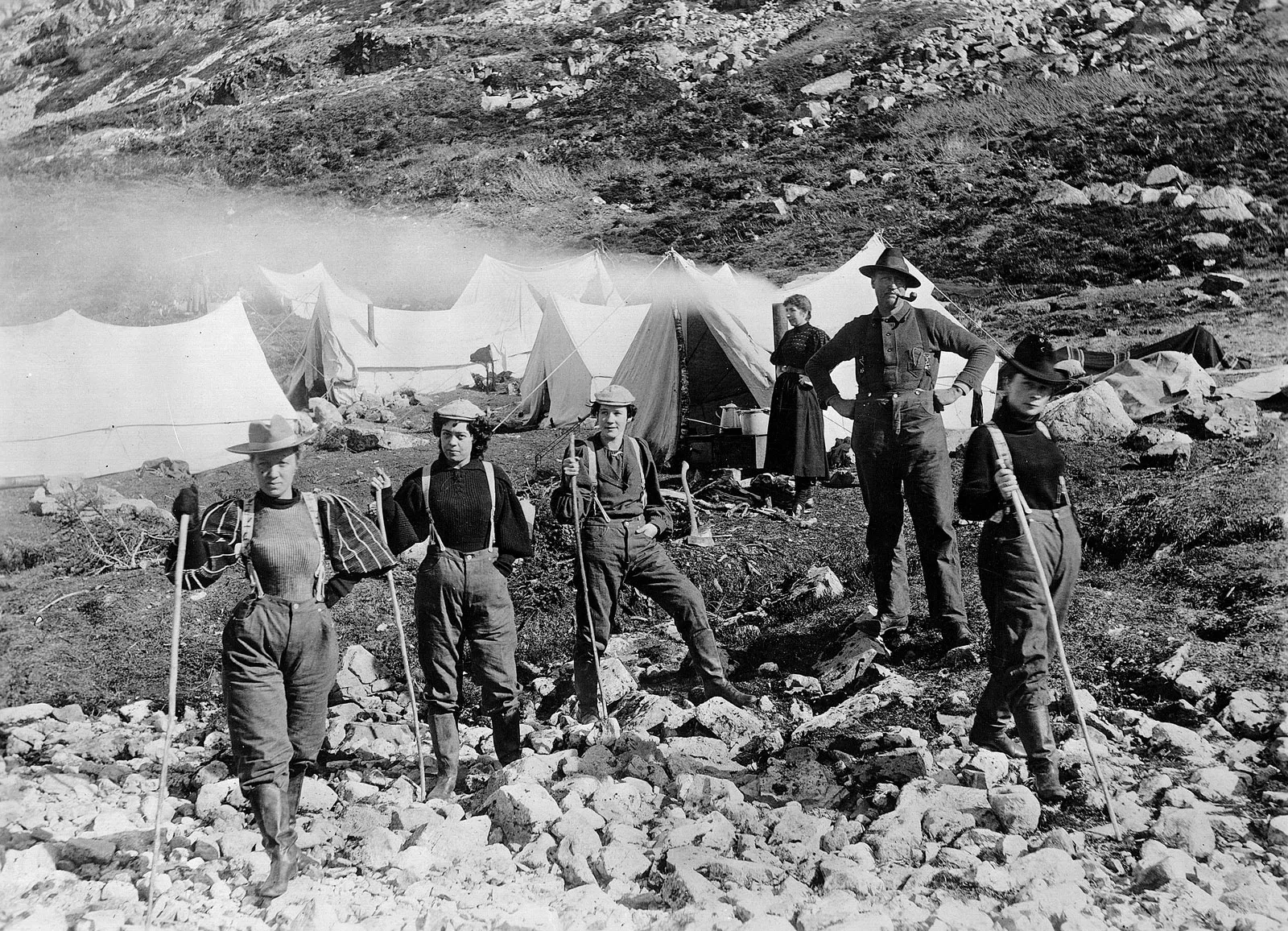
The Klondike Gold Rush
The Klondike Gold Rush, a pivotal event in the late 19th century, began in earnest in 1896 and has since left an indelible mark on history. This dramatic saga of adventure, hardship, and fortune-seeking is not only a testament to human perseverance but also a significant chapter in North American history.
The Spark: Discovery in the Klondike
The Klondike Gold Rush officially commenced on August 16, 1896, when gold was discovered in Bonanza Creek, a tributary of the Klondike River in Canada’s Yukon Territory. George Carmack, his wife Kate, Skookum Jim Mason, and Dawson Charlie were the fortunate discoverers. Their find quickly attracted attention, setting off a chain reaction that would lead thousands to the remote region.
The Stampede: A Journey of Epic Proportions
News of the gold discovery reached the outside world in 1897, triggering a stampede of prospectors eager to strike it rich. By 1898, an estimated 100,000 people had embarked on the grueling journey to the Klondike. The trek was fraught with peril, involving a traverse over treacherous mountain passes and icy rivers. The Chilkoot Trail and the White Pass, known as the "Dead Horse Trail" due to the high number of pack animals that perished, were two of the most infamous routes.
Life in the Klondike: Boomtowns and Hardships
Dawson City emerged as the epicenter of the Klondike Gold Rush. By 1898, it was the largest city north of Seattle and west of Winnipeg. The town's population swelled to around 30,000 people, creating a bustling boomtown atmosphere complete with saloons, dance halls, and makeshift businesses catering to miners. However, the harsh Arctic climate, disease, and supply shortages made life extremely difficult. Many prospectors arrived too late to stake claims, while others found their claims yielded less than expected.
The Decline: Waning Fortunes
The gold rush frenzy began to wane by 1899 as reports of gold strikes in Nome, Alaska, drew prospectors away from the Klondike. Additionally, the easiest and richest claims had already been staked, leaving only marginal prospects for latecomers. By the early 1900s, large mining companies had begun to dominate the industry, utilizing dredges and heavy machinery to extract gold more efficiently than individual miners could.
Legacy: Cultural and Economic Impact
Despite its relatively short duration, the Klondike Gold Rush had a lasting impact. It spurred economic development in the Yukon Territory and contributed to the eventual establishment of the territory in 1898. The influx of people and investment led to the creation of infrastructure, including the construction of the White Pass and Yukon Route railway, which facilitated transportation and trade.
Culturally, the Klondike Gold Rush has been immortalized in literature and folklore. Authors like Jack London and Robert Service drew inspiration from the event, penning stories and poems that captured the rugged spirit of the Yukon. London's "The Call of the Wild" and Service's "The Cremation of Sam McGee" are iconic works that continue to resonate today.
Modern-Day Klondike: Tourism and Preservation
Today, the legacy of the Klondike Gold Rush is preserved through various heritage sites and museums. Dawson City remains a vibrant community, attracting tourists who are eager to explore its historic buildings and experience a taste of gold rush history. The Klondike National Historic Sites, managed by Parks Canada, offer visitors a glimpse into the past with preserved structures, artifacts, and guided tours.
Moreover, modern placer mining still occurs in the region, albeit on a smaller scale compared to the heyday of the gold rush. Advances in mining technology and regulations ensure that operations are more environmentally sustainable than those of the 19th century.
Conclusion: A Defining Chapter in History
The Klondike Gold Rush stands as a defining chapter in North American history, illustrating the extremes of human ambition and endurance. From the initial discovery in 1896 to the lasting cultural and economic impact, the Klondike Gold Rush continues to capture the imagination of people worldwide. Its legacy serves as a reminder of the adventurous spirit that drove thousands to seek fortune in one of the world's most inhospitable landscapes.